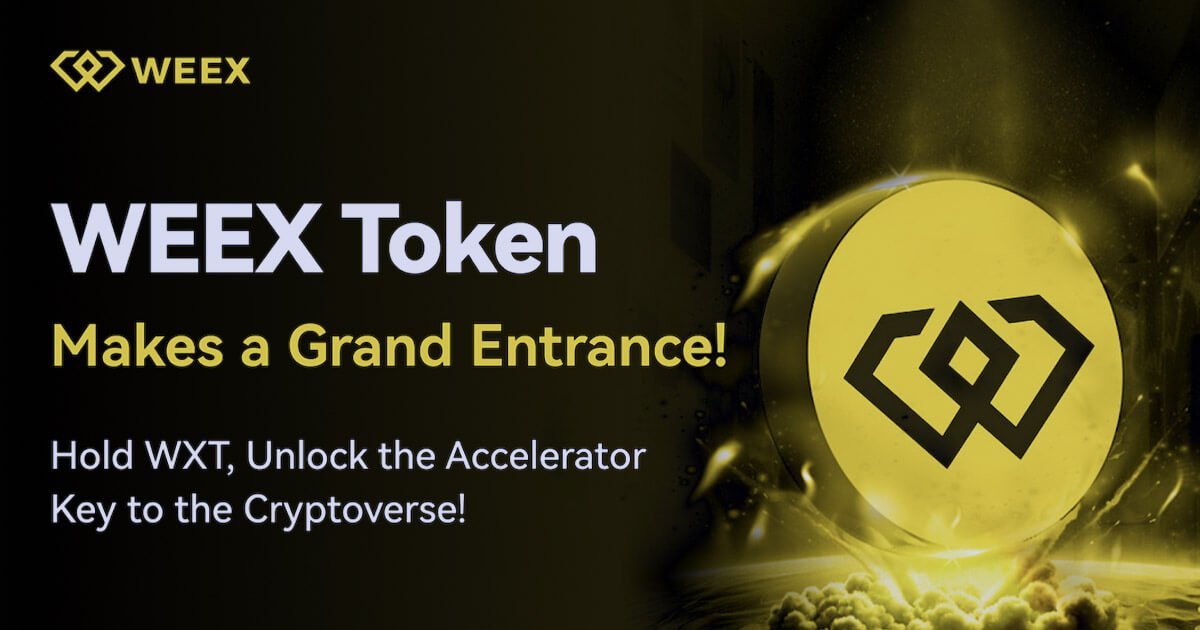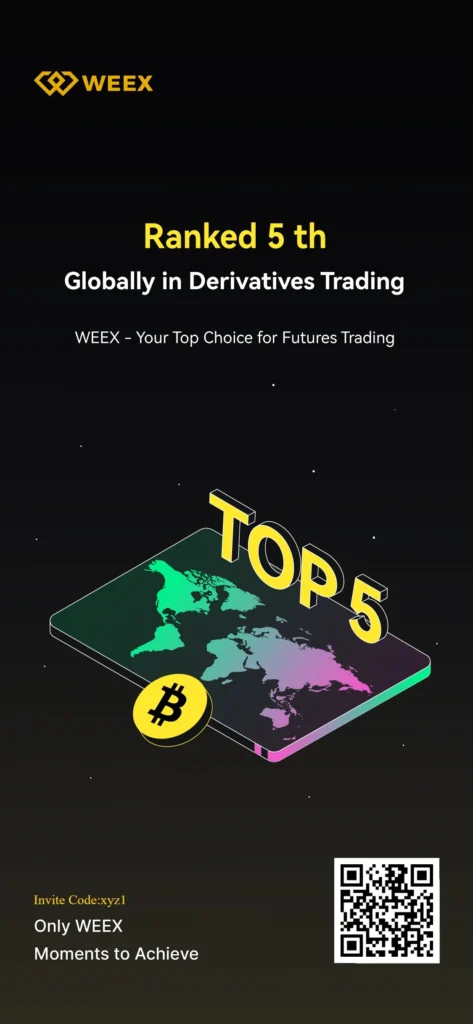

Toncoin (TON), the native cryptocurrency of the TON blockchain, has made waves in the crypto space due to the fact that a staggering 53% of the coin’s total supply is controlled by a small group of investors known as whales. These “whales” are typically large-scale holders or entities with significant investments, which gives them substantial influence over the market dynamics of any cryptocurrency they own in bulk. For Toncoin, this concentration of ownership has both advantages and risks, and market observers are paying close attention to what could come next.
What Is Toncoin and Why Are Whales Interested?
Toncoin is the cryptocurrency powering the TON blockchain, which was originally designed by Telegram, one of the most popular messaging apps globally. After Telegram was forced to abandon the project due to regulatory concerns, it was taken over by an open-source community of developers. Since then, the TON blockchain has gained traction for its scalability, low fees, and unique consensus mechanism. These features have made Toncoin attractive to investors, especially those looking for the next big thing in the rapidly evolving blockchain space.
Whales have taken a particular interest in Toncoin because of its potential to disrupt the industry. With its strong technical foundation, high-profile origins, and growing ecosystem, TON has the potential to be a leading blockchain network. By holding significant portions of the supply, whales position themselves to benefit from Toncoin’s future growth while also exerting influence over its market price.
The Risks of Whale Dominance
While whales have poured substantial investments into Toncoin, their control over such a large portion of the supply creates risks for the broader market. When a small group of investors holds a majority of a cryptocurrency, they have the power to significantly affect its price with relatively small actions.
- Price Manipulation: Whales can manipulate prices by executing large trades. For instance, if a whale decides to sell a significant portion of their Toncoin holdings, it could lead to a price crash, triggering panic among smaller investors and causing further selling.
- Market Liquidity: A concentrated supply in the hands of a few large holders can limit the liquidity of the market. When a few entities control the majority of a token’s supply, it means that the amount available for trading is reduced. This could lead to sharp price movements and increase volatility, making it harder for average traders to buy or sell at reasonable prices.
- Governance and Centralization: Whales also wield significant voting power in governance decisions within blockchain networks. With more than half of Toncoin controlled by whales, concerns about decentralization and democratic decision-making arise. If whales decide to steer the direction of TON governance in a way that benefits their interests, it may not always align with the best interests of the broader community
What’s Coming Next for Toncoin?
Despite these concerns, many in the crypto space are optimistic about Toncoin’s future. The coin has experienced steady growth in user adoption and developer interest. Several key factors are worth noting as we look ahead:
- Increased Adoption: Toncoin has the backing of a dedicated developer community, and more projects are being built on the TON blockchain. As the ecosystem grows, demand for Toncoin may rise, leading to higher prices and a wider distribution of coins among investors.
- Partnerships and Integrations: The TON blockchain has been pursuing partnerships and integrations with various platforms. As these partnerships come to fruition, they could provide more use cases for Toncoin, further increasing its value and reducing the impact of whale dominance.
- Whale Strategy: Many experts believe that whales holding Toncoin are playing a long-term strategy, aiming to capitalize on future growth. Rather than dumping their holdings, which would crash the market, they are likely to support the development of the TON ecosystem to maximize their returns. This could lead to a gradual distribution of coins as the network grows, reducing the risks associated with concentrated ownership.
- Regulatory Scrutiny: As with any cryptocurrency, regulatory developments will play a significant role in Toncoin’s future. The TON project has already faced legal challenges in the past, and future regulatory scrutiny could affect the project’s trajectory. However, the decentralized nature of TON may help it navigate these hurdles.
Future Considerations
The fact that 53% of Toncoin is in the hands of whales is a double-edged sword. On one hand, it demonstrates strong investor confidence in the project’s long-term potential. On the other, it raises concerns about market manipulation, liquidity, and governance. As Toncoin continues to develop and attract more users, it will be crucial for the ecosystem to find ways to distribute its supply more evenly and reduce the risks associated with concentrated ownership.
The coming months will be key for Toncoin as developers continue to build on its blockchain, and as whale investors make decisions about their holdings. Will they hold onto their coins, waiting for further growth, or will they take profits, potentially causing market turbulence? One thing is certain: all eyes are on Toncoin as it navigates the challenges and opportunities that lie ahead.
FAQs
1. Why do whales hold such a large percentage of Toncoin?
Whales are attracted to TON due to its technical strengths and potential for growth. By holding a significant portion of the supply, they position themselves to benefit from future price increases and influence the market.
2. Is whale dominance in Toncoin a risk for smaller investors?
Yes, whale dominance can lead to price manipulation and liquidity issues, which can create challenges for smaller investors. However, whales often have long-term strategies that align with the broader development of the project.
3. What is the future outlook for Toncoin?
TON’s future looks promising as it continues to attract developers and build partnerships. If adoption grows and whales maintain a long-term approach, the TON ecosystem could thrive, reducing the risks associated with concentrated ownership.




